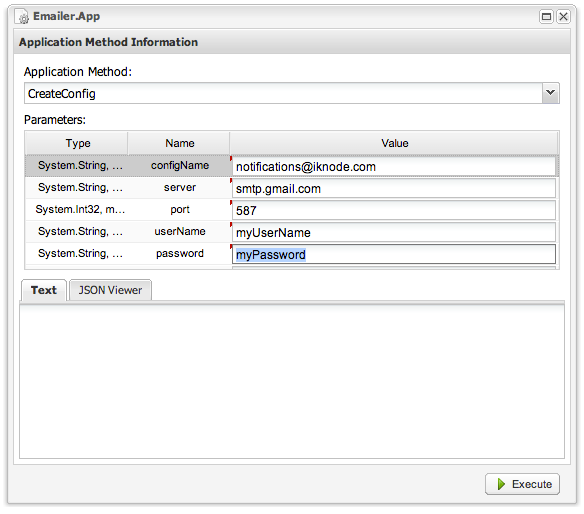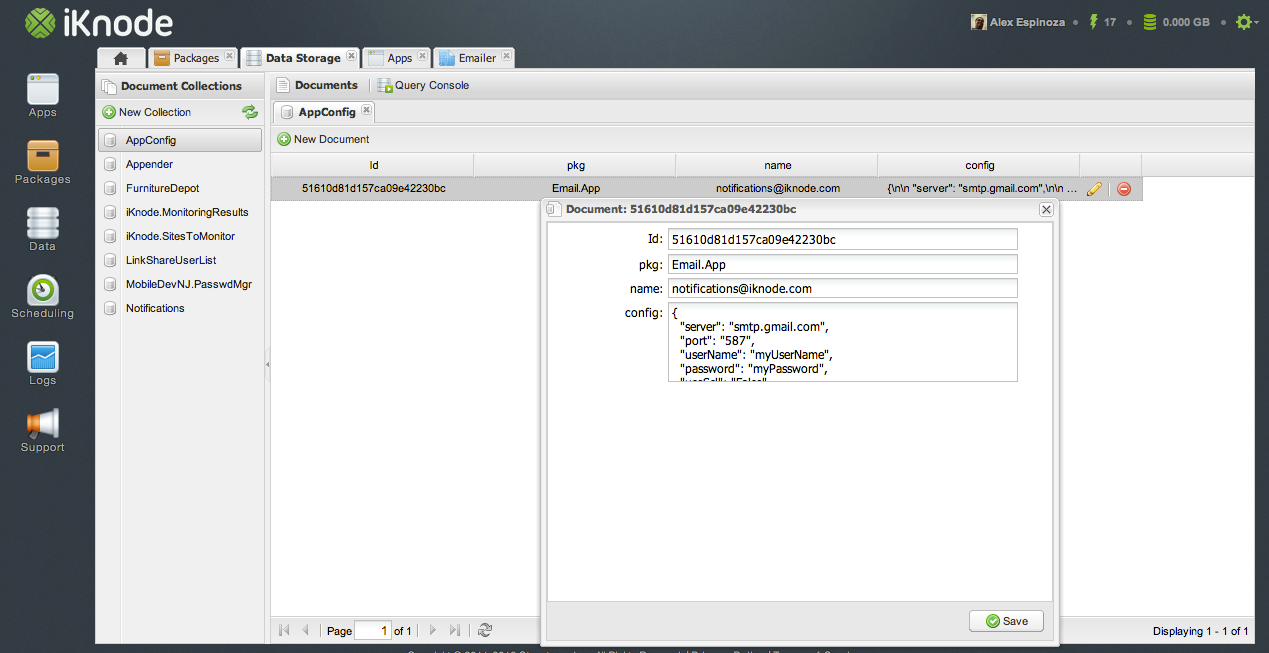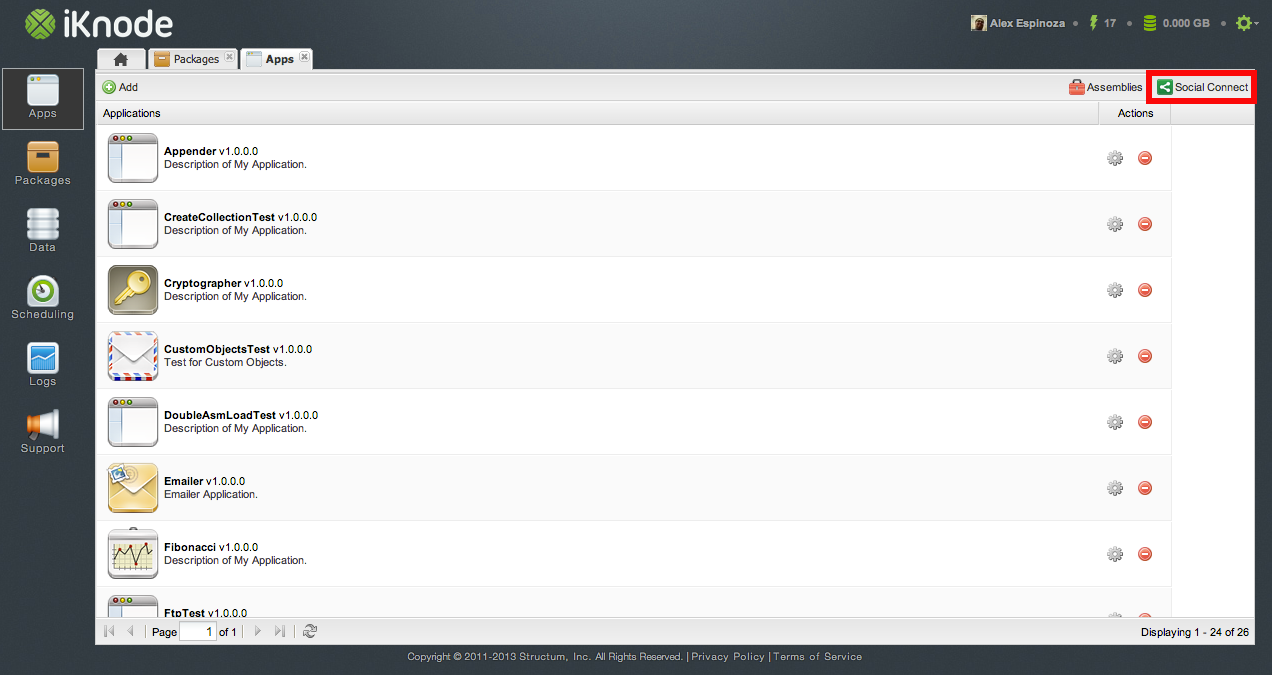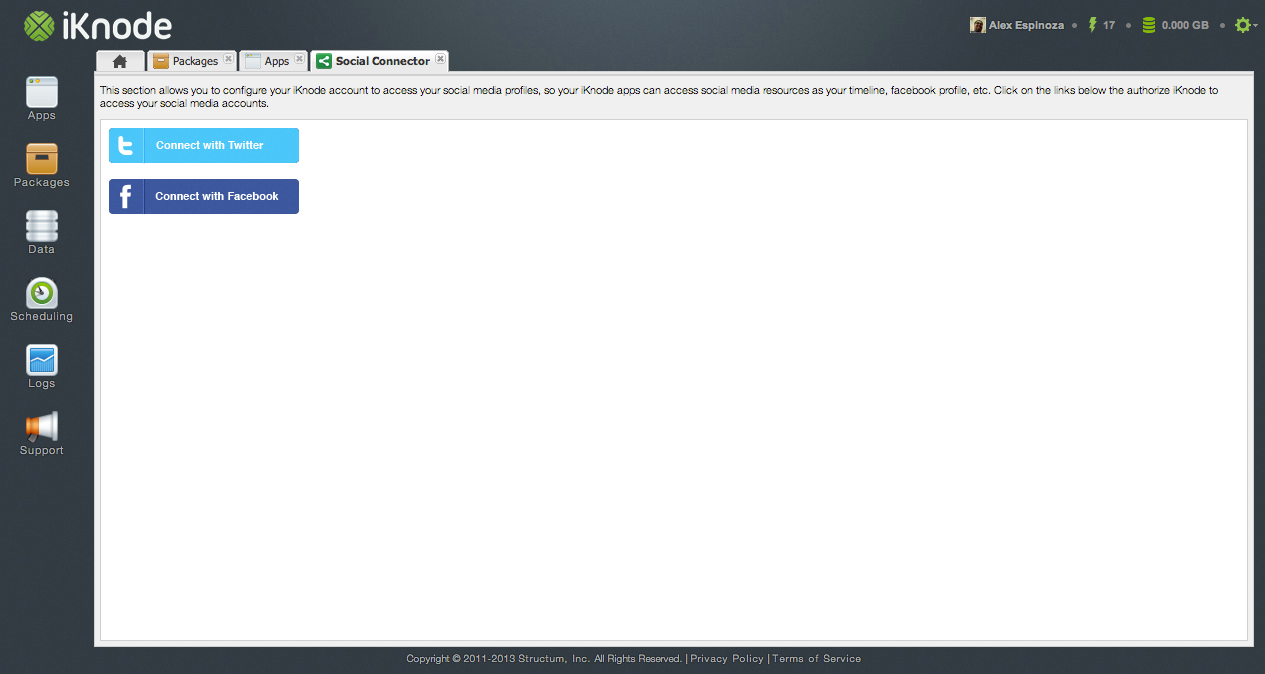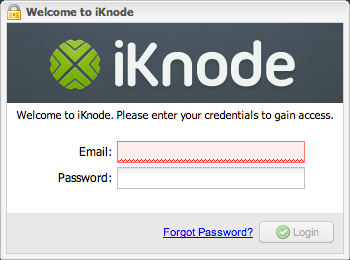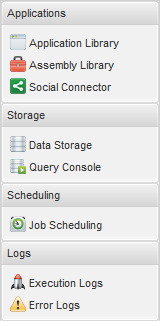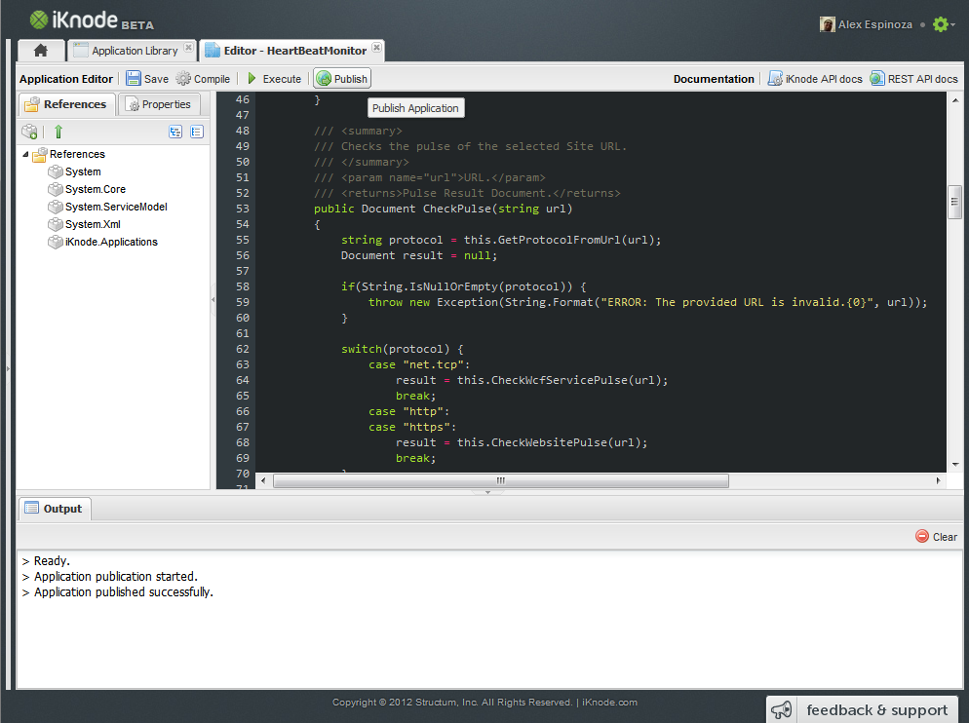We started working on changing the Web in 2011 with the creation of iKnode. Our dreams filled our heart and our soul with the vision to make distributed systems via web services at every developers reach. We dreamed of recent graduates building their dreams on the web. Back then it was only me (Alex), Jorge and Joel. Fully funded by ourselves. Living the bootstrap dream.
We coded for days and nights to realize the vision. To create every single building block that made the iKnode cloud. Learning from our beta users, and our testing. We were 3 at the time. With Joel doing the Graphics and the fron-end, Jorge and me working on the engine.
We saw Backend as a Service providers pop up from everywhere. It seemed like the market started to get full of competitors, and that made us feel excited, empowered even. It validate our idea, but most importantly it validated our dream. We welcomed the competition enriching the market and make it more fun.
Around May 2012, we noticed more BaaS providers started to popup. A lot of them were companies that seemed to be cloning other BaaS providers features, and most of them didn’t bring anything new to the table. The competition started to get boring.
Nothing interesting was coming out, except for one company: Spire.io. We glanced through their site, and saw a spark of new, but something about them seemed very familiar. Their passion, it seems, was the same as ours: making developers life easier by creating a serverless world. The best way to make distributed computing easy, is to remove servers. We felt the competition was getting too close this time. For a moment we were afraid, but also happy. We were not alone.
We kept a close eye on them for the following months and then dozed back in to our own product and our own vision. We began to ramp up development to release at the DEMO conference in October. With Sophie’s help, and an amazing design by Joel, we invested in T-Shirts, Stickers and swag. We were proud to wear and iKnode T-Shirt, we still are.
October (2012) came and we launched iKnode at DEMO. We were a great success, attracting a big number of users into our dream cloud. Sophie joined to run the business, which was just starting. The following months after that we kept the feedback loop active learning and learning from our users.
By December 2012, I was able to get back to market analysis. Moving away a bit from our own user base to the information on the web. The first thing my list was to check on Spire.io. I was afraid to find them ahead of us. After all we were the only providers going after the web in the same way.
So I typed on my chrome instance: spire.io….. Nothing. The site was down. I thought. It seemed crazy that a Cloud provider would allow their site to go down. So I tried again. And again I got Nothing. I checked www.downforeveryoneorjustme.com, and validated. Their site was down. Completly down. What happenned ?
I began to tirelessly look for news around the web regarding Spire.io, to see if there were any press releases, blog post, etc. Checked Hacker News first, then Reddit, then Tech Crunch, and every other imaginable tech news site. Got Nothing. Nada.
I was perplexed. I was scared even. How can a company disappear over night? I began to be very scared. What happens if our dream is wrong ? What happens if what we are looking for is unattainable ? The team at Spire.io had the answer and I had to find out.
I first sent a tweet to the @spireio account:
@spireio Hey guys we are in Orange County, and building a BaaS (@iknode) as well. We should get together to talk BaaS :D
— Alex Espinoza (@alespinoza) December 4, 2012
The CEO responded:
@alespinoza @spireio @iknode hi Alex, unfortunately, we had to wind down spire. But thank you very much for reaching out.
— Diego Prats (@mexitlan) December 4, 2012
He was very nice, but still I needed to know more, so I insisted.
@mexitlan @spireio @iknode I would still love to talk to you, if you are interested. I would love to hear what went wrong.
— Alex Espinoza (@alespinoza) December 4, 2012
To make the story short, he contacted me over email, and we were able to talk over the phone for an hour or so. Several interesting things happened during that phone call. Not only did we had the same dream to make a serverless world, but also he is from Mexico, just like us. And he lives in LA, which is pretty close to us; we are in Orange County. I thought that was amazing. And it seemed to me to be a cosmical connection.
After I hanged up, I felt relieved to know that our dream was still attainable. Additionally I made a friend, which shares our dream. I was a happy camper.
In the following months Diego, began helping more and more to pave the way for iKnode. For the iKnode team, Diego seemed part of it already, so we decided to officially invite him to be part of the iKnode family.
Today, we are proud to announce, Diego Prats joins the iKnode team as Chief Strategy Officer. His experience and expertise is first rate in the Backend as a Service industry. He will be mainly helping to build the dream on solid ground with a real solid business framework that will hold iKnode’s feet in the ground, but keep the heart flying in the serverless clouds.
And now with a complete team, in the words of Buzz Light Year:


